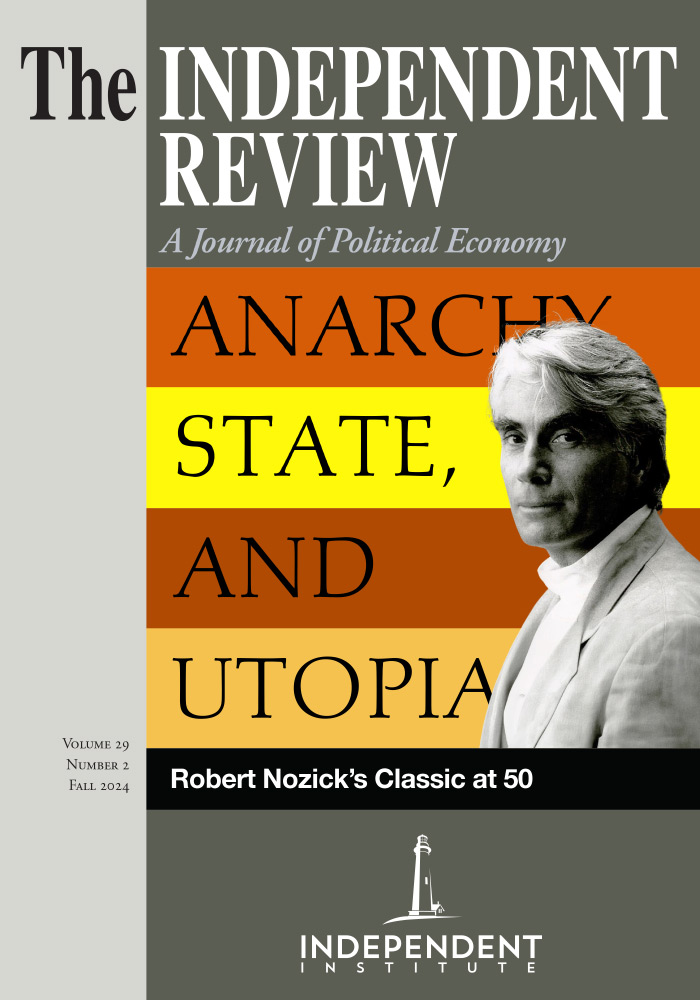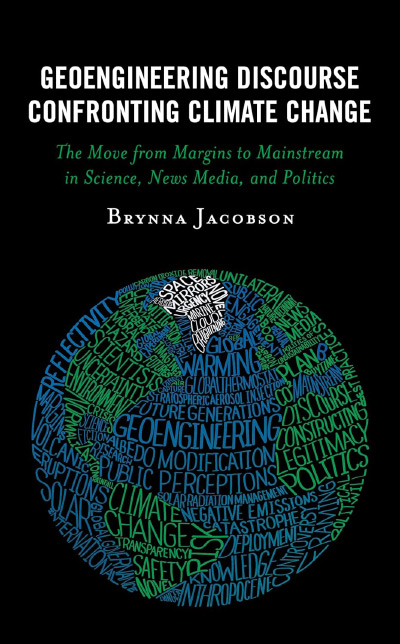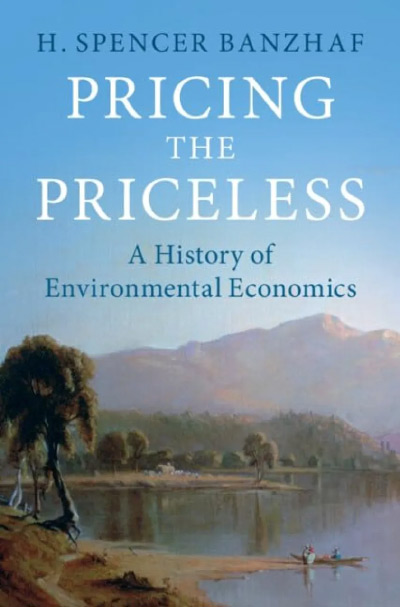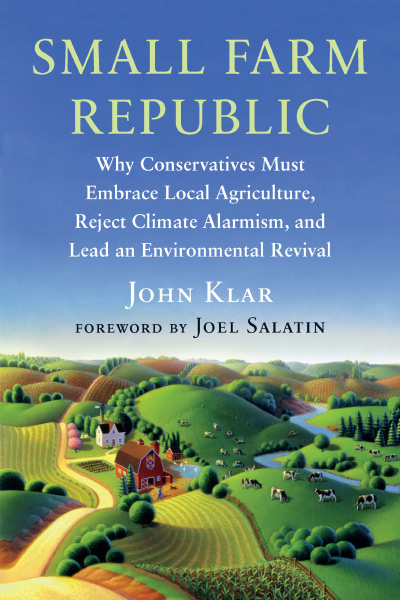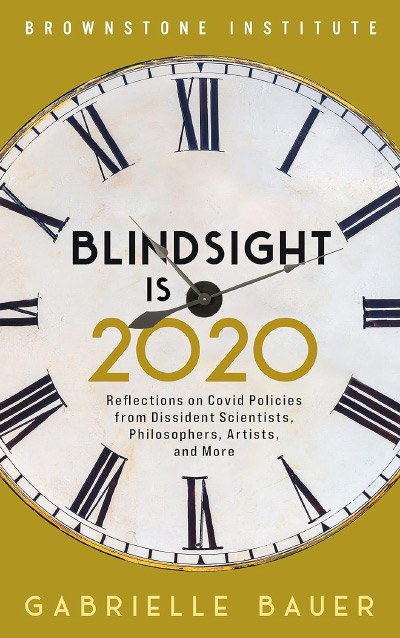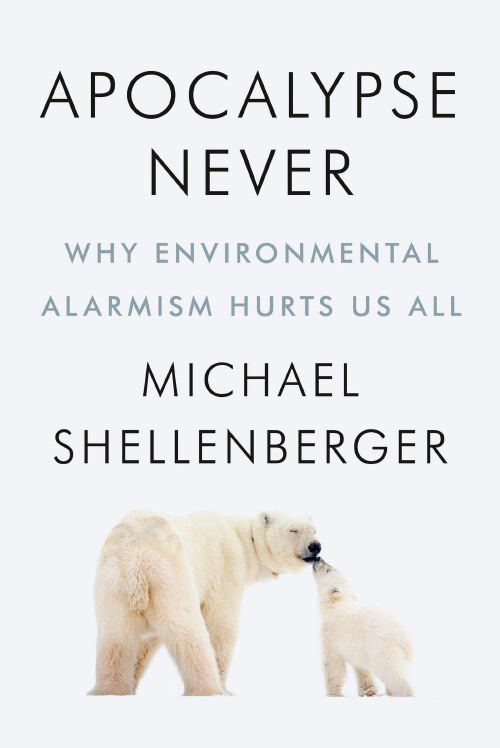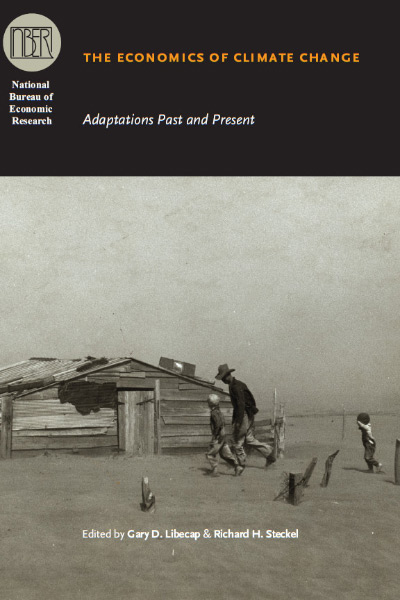Brynna Jacobson laments the fact that, over the past couple decades, geoengineering has moved from the margins toward the mainstream. Geoengineering refers to a range of actions that would consciously change earth’s climate to offset changes arising from increased levels of greenhouse gases in the atmosphere. The most widely discussed of these actions would put sulfate aerosols into the stratosphere to boost earth’s reflectivity—increasing the planet’s albedo—which would cool things down as happens with the eruption of large volcanoes, such as when Mt. Pinatubo exploded in 1991. An editorial titled “Albedo Enhancement by Stratospheric Sulfur Injections: A Contribution to Resolve a Policy Dilemma?” in the journal Climate Change, by Nobel-laureate Paul Crutzen, sparked interest in the idea in 2006—breaking a “taboo” among scientists against discussing it—with interest growing exponentially since then.
Jacobson’s goal is to investigate how discourse about geoengineering has changed and examine biases that have allowed this once proscribed topic to be the subject of scientific reports, Congressional hearings, and news media stories. Her tool, discourse analysis, “is used to examine framing, staging, narrative construction, and argumentation within texts and how certain narratives ‘come to prevail’ and, hence influence policy and outcomes” (p. 22). In doing so, she is very critical of proponents of exploring the possibility of climate engineering but does not turn the same critical gaze on its opponents.
She sees attention given to climate engineering as a step backward: “Geoengineering as a techno-fix to climate change is the most obvious manifestation of a social and political retreat from reflexivity back toward the technological faith and economic dogmas of simple modernity, characterized by ‘an instrumental approach to nature, faith in technological progress and abstract systems of expertise, and the exclusion of ambivalence and uncertainty’” (p. 230). Or, more succinctly, “geoengineering ... adds a new layer to the ‘politics of unsustainability’” (p. 10).
Her central concern is that the more we talk about and investigate geoengineering, the more we take its potential seriously, the less likely we will be to do the right thing, Plan A (mitigation, i.e. decreasing greenhouse gas emissions), and the more likely we will be to do the wrong thing, Plan B (geoengineering). Her worry is the moral hazard problem: if we know that we have insurance, we will be more likely to do risky things.
Is geoengineering a step backward? Is its very specter the embodiment of the moral hazard problem? Unfortunately, she does not provide the evidence that would convince a neutral reader. She does mine a set of “influential policy-oriented scientific reports” (p. 48), including the 2009 U.K. Royal Society Report Geoengineering the Climate: Science Governance and Uncertaintyand the U.S. National Academy of Sciences National Research Council’s two-part report released in 2015, especially its Reflecting Sunlight to Cool Earth. These reports generally characterize albedo modification (increasing the earth’s reflectivity) as part of a portfolio of responses to climate change: prioritizing mitigation (i.e. reduction in carbon emissions or carbon levels). But they also estimate that the costs of albedo modification are surprisingly low and its effectiveness is strikingly high—therefore concluding that more funding and research should go into this area. The National Research Council concludes that there “are a number of hypothetical but plausible scenarios in which deployment of albedo modification might be considered” (p. 57). She even includes arguments about what would be gained from preliminary geoengineering experiments, including information that might allow detection of geoengineering actions undertaken by hostile rivals and information about how to modify the climate more effectively and at a lower cost.
In other words, the very words, ideas, and conclusions that she reports, parses, and criticizes from these policy papers might end up convincing the neutral reader that the idea deserves to be mainstreamed. For example, she attacks the Royal Society’s report for including a graph charting the affordability versus the effectiveness of each type of geoengineering project because it includes some options that are clear duds—i.e., costly and not effective—thereby highlighting the remarkable affordability and likely effectiveness of sulfate injections into the upper atmosphere. She characterizes this as a “decoy” tactic, an attempt to make one option look good by comparing it to bad options. Perhaps, but this does not erase the fact that this method of cooling the globe is likely to be cheap and effective. A critic on the other side might complain that this geoengineering option is not compared to mitigation proposals, such as banning fossil fuels, implementing carbon taxes or subsidizing “green” energy. All of these are likely to be much costlier and much less effective at reducing the planet’s temperature than injecting aerosol sulfates into the stratosphere. She frequently characterizes geoengineering as “controversial”—and it clearly is—but so are bans on fossil fuels (probably much more controversial), taxes, and subsidies.
She laments the reports’ “discursive normalization of aerosol pollution” (p. 69), but a neutral observer might conclude that spraying aerosols into the stratosphere simply is not pollution, since it does far more good than harm. She dismisses it as a “techno-fix,” but if a technology actually fixes a problem then why is this a damning dismissal? A quote by geophysicist David Keith, a University of Chicago geoengineering pioneer, destroys her argument: “A muffler is a technological fix for the fact that the internal combustion engine is very noisy, and people don’t have a problem with mufflers” (p. 165). She echoes a complaint that “albedo modification techniques mask the effects of greenhouse warming” (p. 53), but this both silly and wrong as they do reduce warming rather than merely masking it. (This can be seen at a microlevel, as well. The white siding and white roof on my house actually do make it cooler and save on my energy bill.) Jacobson sees geoengineering as trying to “sustain what is known to be unsustainable” (p. 37), but people like Keith appear to be showing that geoengineering might make sustainable what was once considered to be unsustainable. Jacobson bemoans geoengineering as reflecting “a culture of technological exuberance” (p. 10), but perhaps it reflects a realistic sobriety to a larger degree.
In addition, she complains that government is beholden to “powerful economic interests” (p. 4), without realizing that consumers are the key economic interest wary of the costs of mitigation. She decries the fact that “within the capitalist system, ‘technological change is subordinated to market imperatives’” (p. 35), without recognizing that the imperative centers on the need to give consumers what they want—and they do not want expensive energy. On the other hand, her warnings that scientists advocating geoengineering projects are self-interested rent-seekers are worth considering. But what about all the those rent-seekers clamoring for funds for mitigation projects that dwarf funding to geoengineering?
One of the most interesting quotes of Geoengineering Discourse comes from science writer Eli Kintisch, author of Hack the Planet: Science's Best Hope—or Worst Nightmare—for Averting Climate Catastrophe (2010), who characterized geoengineering as “a bad idea whose time has come” (p. 138). I disagree. Given its unexplored risks and the geopolitical tensions it embodies, it is unclear whether or not this inexpensive and (probably) effective idea is “bad” or “good.” More importantly, its time has not come. Perhaps it is time for some experiments but we are simply not facing a catastrophe due to greenhouse gas emissions and are unlikely to do so anytime soon, as the costs of climate change are not that high and we are individually and collectively pursuing the most effective “fix” to the problem already: not mitigation but adaptation.
Finally, as mentioned above, Jacobson’s central concern seems to be the moral hazard problem—if we know that we have insurance, we will be more likely to do risky things. Perhaps this is true, but the fact is that we already have the insurance. We are already fairly certain that injecting sulfates into the stratosphere is a low-cost and effective method of cooling the earth. This knowledge is the insurance, not hypothetical deployments of this knowledge. The cat’s out of the bag! We cannot put it back in and ignore these well-known facts. Geoengineering is already on the table and the potential to geoengineer is not going away. Jacobson’s attempts to delegitimize it ultimately fall flat.
| Other Independent Review articles by Robert M. Whaples | ||
| Spring 2025 | Millennials, Gen Zs, Capitalism, Socialism, and Confusion | |
| Spring 2025 | Not Stolen: The Truth about European Colonialism in the New World | |
| Spring 2025 | Green Breakdown: The Coming Renewable Energy Failure | |
| [View All (106)] | ||

